The Whisker Business Of Channel Catfishing
The following appears in the August issue of California Sportsman:
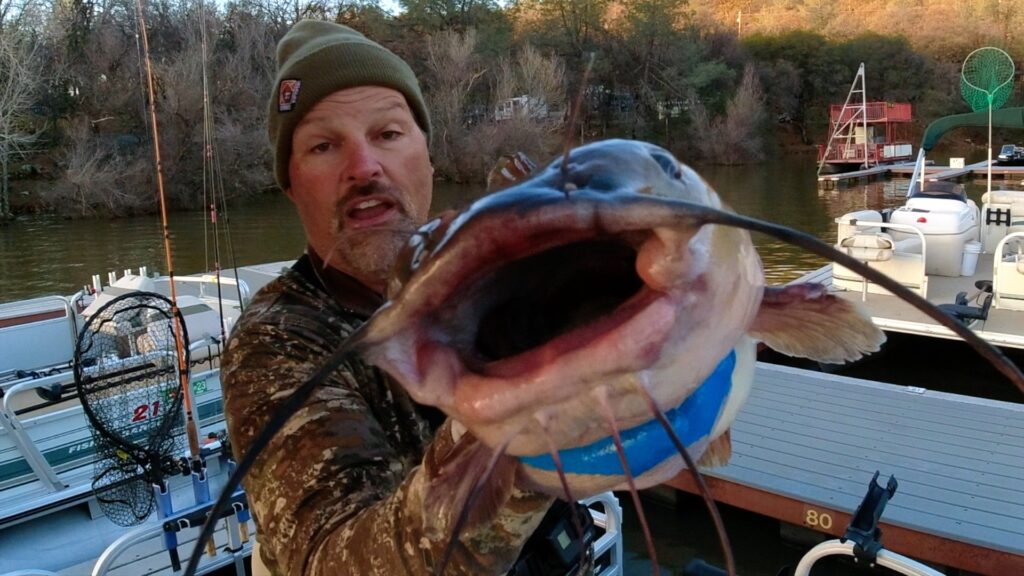
By Cal Kellogg
Consider the channel catfish. Depending on who you ask, these fish are either beady-eyed, low-down, liver-slurping bottom feeders, or sophisticated, hard-fighting gamefish. I suspect most folks who hold channel cats in low regard have never targeted them seriously.
I’ve spent a lot of time targeting channel cats, and I can tell you from experience they are an amazing gamefish. Before I offer up some basic channel cat fishing strategies, let’s take a closer look at the species.
RESILIENT, TASTY, WILY
The first thing to know is that channel cats are prolific fish that can adapt to a broad range of different habitats, including big rivers, small streams, lakes, ponds and reservoirs. Native to parts of Canada, the East Coast and Midwest, these days they have been planted widely, including in California, and are the most numerous catfish in North America.
They offer outstanding table fare and are grown commercially at fish farms all around the country. When you see catfish on a restaurant menu or in the local market, the filets almost certainly came from a commercially raised channel cat.
Here in California, you can find channel catfish in nearly every reservoir in the state and these fish are often overlooked. With the great trout and bass fishing available in the Golden State, relatively few anglers get out of the trout or bass rut. This is a mistake, since channel cats are the largest predator swimming in our reservoirs.
These fish have acute senses, live to ripe old ages and even have the ability to communicate with each other using both sounds and scents. I don’t have the space to go into a detailed discussion of channel cat communication, but if the interest strikes you, a little online research will turn up some amazing information.
SIZING THEM UP
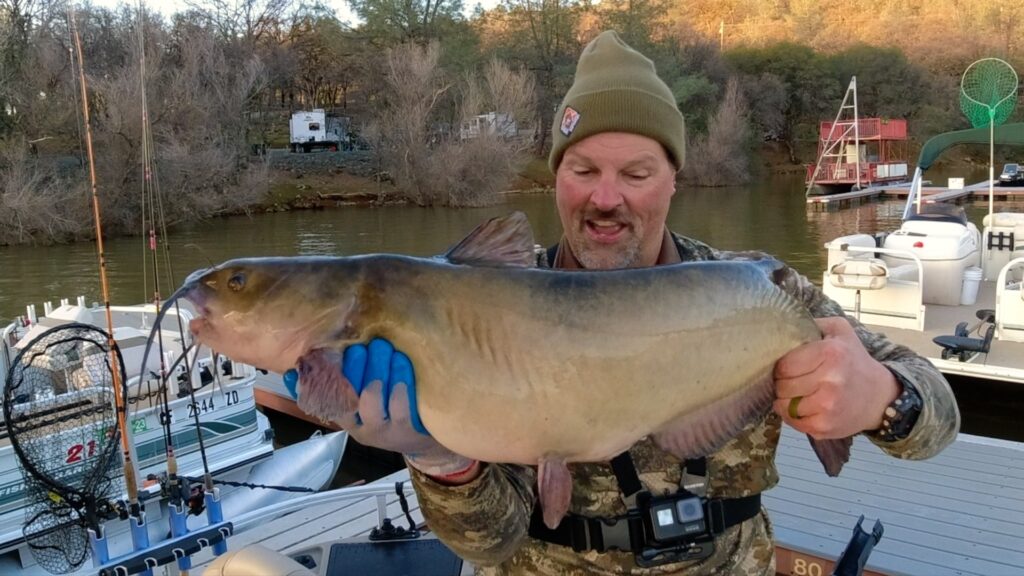
So how big do channel catfish grow? Let me start out by saying the stories you may hear about 100-plus-pound catfish living at the base of dams of every large reservoir in the state simply are not true.
The largest channel cat ever caught was at Santee Cooper Lakes in South Carolina and weighed in at 58 pounds. Channels weighing 40-plus pounds are caught in the U.S. every year, but for practical purposes, average keeper channels in California go 2 to 4 pounds. A trophy is a fish over 10. A channel
over 20 is likely a once-in-a-lifetime achievement, but fish over 30 do exist and are caught just about every year.
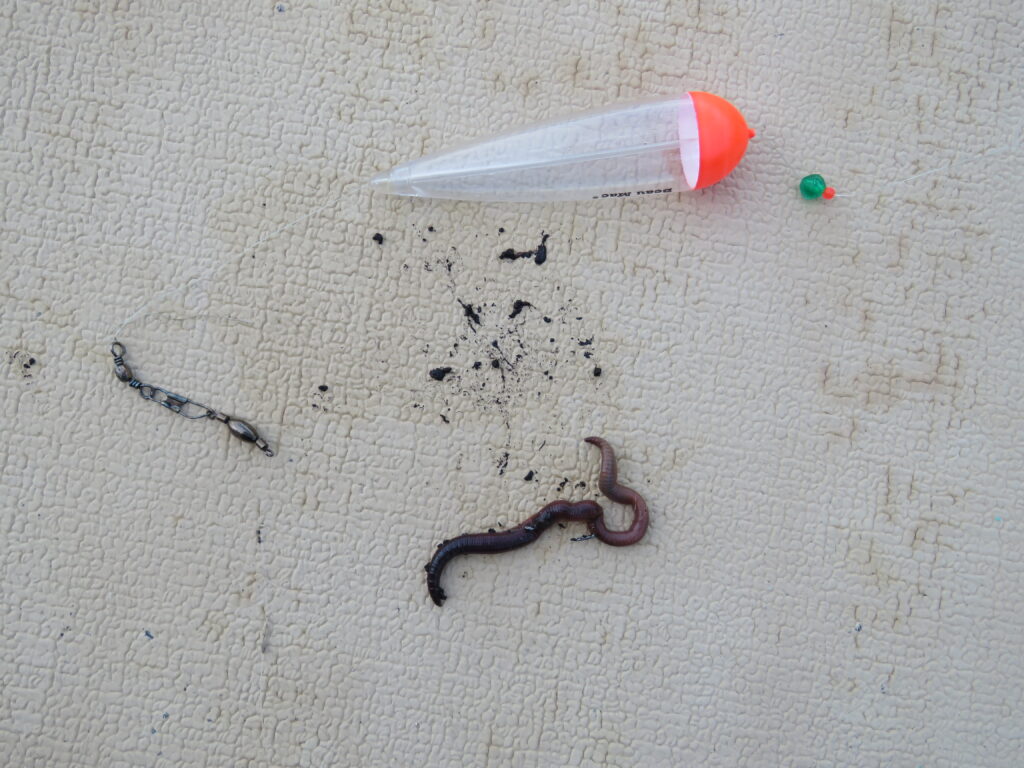
TALKIN’ FOOD SOURCES
Why are big channels hard to catch? It has everything to do with their diet. Smaller cats eat a wide range of forage items, including dead fish, plants and insects. When a channel hits 20 inches or so, they begin feeding on large forage items, typically in the form of other fish and crawfish. The bigger a channel grows, the size of prey it prefers goes up proportionally.
This fact makes channel cat fishing a bit like bass fishing. Those who fish baits for numbers of fish like, say, a Ned rig catch lots of smaller bass and occasionally pick up a bigger fish. In contrast, anglers throwing giant swimbaits don’t catch many small bass. When they hook up, it’s typically something of trophy proportions.
I’ve also found bigger channel cats are more prone to suspended baits than the smaller models, but I’ll get into that in a bit.
RODS, REELS AND GEAR CONSIDERATIONS
Most California reservoirs offer open water fishing. Sure, when the water level is high you might be fishing in trees and brush, but normally our lakes are drawn down to the point where you won’t have to worry about a big cat wrapping your line in vegetation. This means you can use lighter gear than the stuff cat anglers use in other parts of the country.
I’ve caught plenty of big 10-plus- pound cats on spinning gear spooled with 8- to 10-pound test. When you hook a big cat, the fish will typically make a good run or two before power diving and bull dogging along the bottom. A cool-headed angler with a reel featuring a smooth drag will win a fight with a big channel nine times out of 10 when using light- to medium-sized gear.
My gear is a mix of spinning tackle that’s typically spooled with 20-pound braid and baitcasting gear spooled with 25- to 30-pound braid. I’ve switched over to braid because of its low stretch/high sensitivity properties, plus the fact it isn’t affected by UV light and lasts much longer than monofilament.
In terms of rods, I like a 7-foot stick with a fast to medium-fast action. You want to see bites transmitted to the rod tip, but you also want enough backbone to wear down a big heavy cat.
Terminal tackle is important. You should be prepared to soak baits on the bottom using a Carolina-style rig consisting of an egg sinker paired with a 16-inch leader tipped with a hook.
I use 15-pound copolymer for my leaders. Breaking strength isn’t what motivates me to go with stout leader material; it’s the abrasion resistance it offers. Cats have sandpaper-like teeth, and when you battle a big fish, your leader will rub against the cat’s body and across the bony pectoral barbs.
For weight, a 1?2-ounce egg sinker is a good all-around choice for fishing on bottom. You’ll also want a few 1?4-ounce egg sinkers in your kit for teaming with bobbers. Add a few medium-sized snap swivels for connecting leaders to the main line and you’re good to go.
While you’ll spend a lot of time soaking baits on the bottom, you’ll also want to have slip bobbers for suspending and drifting baits at various depths. Don’t go with small bobbers. You want something large enough to float a good-sized piece of bait teamed with a 1?4-ounce weight.
Before I get into baits and tactics, we should consider hooks. I use 4/0 and 3/0 Kahle hooks almost exclusively. I stay away from smaller hooks since I release a lot of fish and I don’t want them swallowing the hook. I find Kahles generally hook cats in the mouth, making releasing them a breeze.
Finally, when I’m going on an overnight adventure, I like to have a few old-school fishing rod bells in my kit. During my last catfish trip on Lake Shasta, I was awakened by a ringing bell at 2 in the morning and enjoyed an exciting battle with a 10-pound cat while my wife slept.
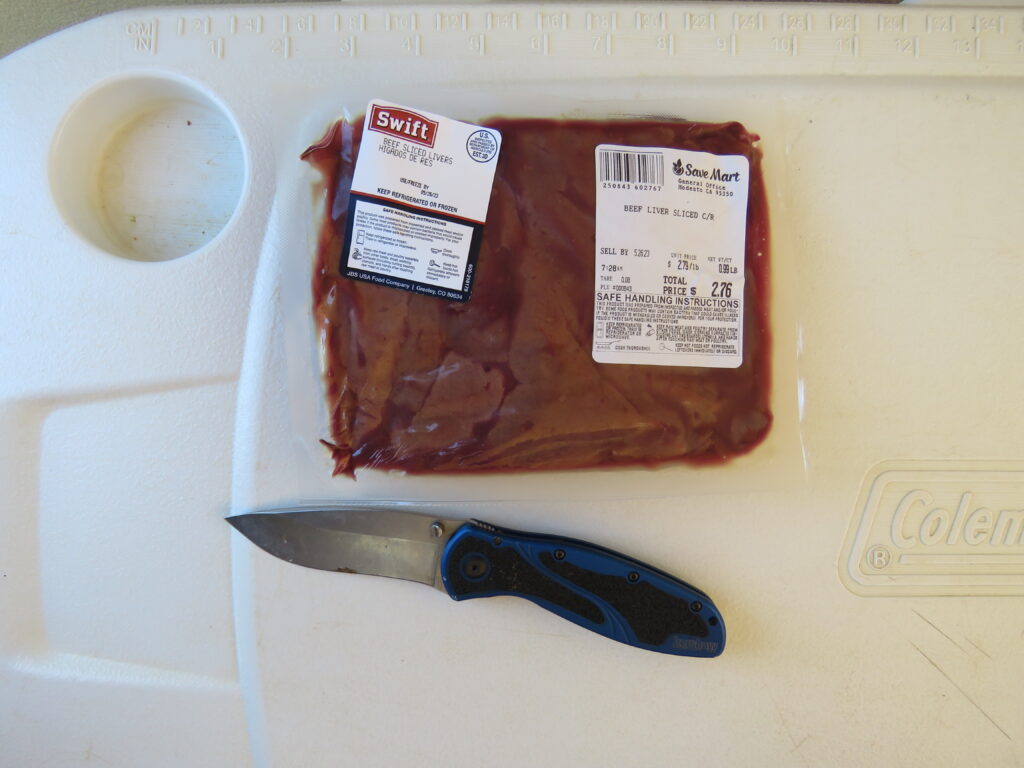
BAITS
I’ve tried just about every bait you can imagine for cats, including commercially prepared concoctions and stinkbaits, but I’ve had my best results using fresh or fresh-frozen offerings. Channel cats can taste the water around them and they key in on the amino acids released from both live and dead fish and crustaceans.
These days I use five different baits primarily. Nightcrawlers are a great offering I never leave home without. In clear water I fish a single ’crawler. In the winter when the water is cold and stained, I run with a multi-worm glob. Liver, either beef or chicken, is easy to obtain, puts out a lot of scent and appeals to cats of all sizes. Live shiners are an outstanding bait, if they are available in your area and legal to use at the lake you intend to fish. And sardine filets, either fished whole or cut into 2-inch pieces, have put a lot of keeper- and trophy-sized cats in my boat.
My hands down all-time favorite bait for channels over 8 pounds is a crawfish tail with the shell split down the back to let out as much scent as possible. A big cat on the feed knows what a crawfish is, and they have a hard time passing one up.
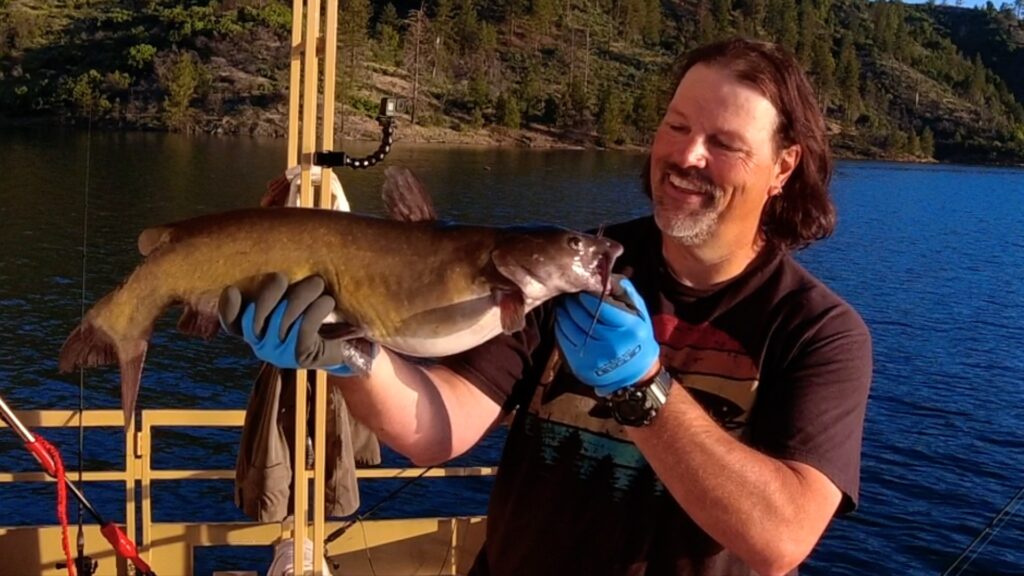
PRESENTATION
When fishing during the daylight hours you’ll want to use your sonar to locate deep dropoffs adjacent to shallow flats. A flat featuring a submerged creek leading into deep water is an attractive travel corridor for catfish and such spots can be real honey holes.
After dark, you’ll want to put your baits on and over the flat, but during the day work deeper adjacent areas, where the cats shelter when the sun is high.
During periods of rain, inflowing seasonal streams can be real hot spots. For the best action, you’ll want to be at the lake just after the creeks start flowing. The fishing conditions at such times are often wet and miserable, but the rewards can be great.
As I mentioned earlier, you’ll be fishing baits on the bottom, but you don’t want to overlook using bobbers to soak suspended baits. I’ve caught more catfish over 8 pounds suspended in open water than I can remember.
This May, while houseboating on Shasta, I landed several big cats suspended 12 feet down in water 40 to 70 feet deep. Big cats are predators. They often move up in the water column to hunt for prey.
I caught my biggest channel ever last winter right at dawn while jigging a baitfish-imitating spoon at Collins Lake in hopes of tempting a crappie. Instead, I found myself locked in an epic battle with a massive channel that weighed in at 23 pounds. The fish was only about 6 feet down in 30 feet of water! CS



